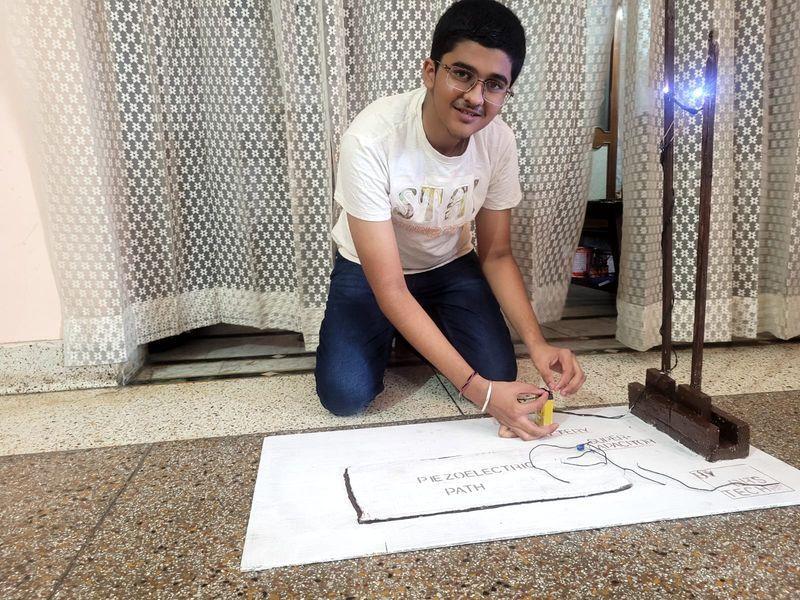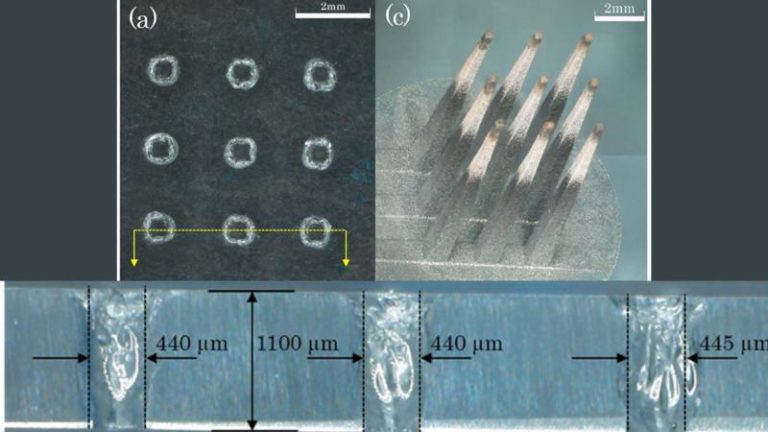
Hoshiarpur Student Builds Device to Generate Power from Footsteps
In a remarkable feat of innovative thinking and ingenuity, a Class 8 student from Hoshiarpur, Punjab, has developed a groundbreaking project that harnesses the power of human footsteps to generate electricity. Sanchit, the young prodigy, has created a device that uses piezoelectric technology to convert the kinetic energy of footsteps into electrical energy. His project, aptly titled “Power beneath our feet,” has generated significant interest among local authorities, scientists, and enthusiasts alike.
Piezoelectric technology is not new, but its application in generating power from human movement is a novel concept. The device, built by Sanchit, consists of a series of piezoelectric sensors embedded in a walkway or a path. As a person walks on the path, the sensors detect the vibrations and convert them into electrical energy. The generated power can be used to charge small devices, such as smartphones or laptops, or even power low-voltage appliances.
Sanchit’s innovative project has sparked excitement among the scientific community in the region. “This is an outstanding achievement by a young student,” said Dr. Ramesh Kumar, a local scientist. “The potential applications of this technology are vast, from powering devices in remote areas to creating sustainable energy solutions for urban spaces.”
The device’s potential to transform the way we think about power generation is immense. Currently, most power generation methods rely on fossil fuels or non-renewable energy sources, which contribute to greenhouse gas emissions and environmental degradation. Sanchit’s device, on the other hand, offers a clean and sustainable alternative.
But what inspired Sanchit to take on this project? According to him, it was a combination of his curiosity about science and technology, as well as a desire to make a positive impact on the environment. “I was fascinated by the concept of piezoelectricity and its potential applications,” Sanchit said in an interview. “I wanted to explore this further and see if I could create something innovative that could benefit society.”
Sanchit’s project has also received recognition from local authorities. “We are impressed by Sanchit’s creativity and innovative thinking,” said Ritu Raj, a local education official. “This project showcases the potential of our students and their ability to think outside the box and come up with solutions that can make a difference.”
As news of Sanchit’s project spreads, it is likely to inspire others to follow in his footsteps (pun intended). The potential applications of this technology are vast, and it is exciting to think about the possibilities that lie ahead. Will we see entire cities powered by footsteps in the future? Perhaps. But for now, Sanchit’s device is a testament to the power of innovation and the potential of young minds to shape the future.






